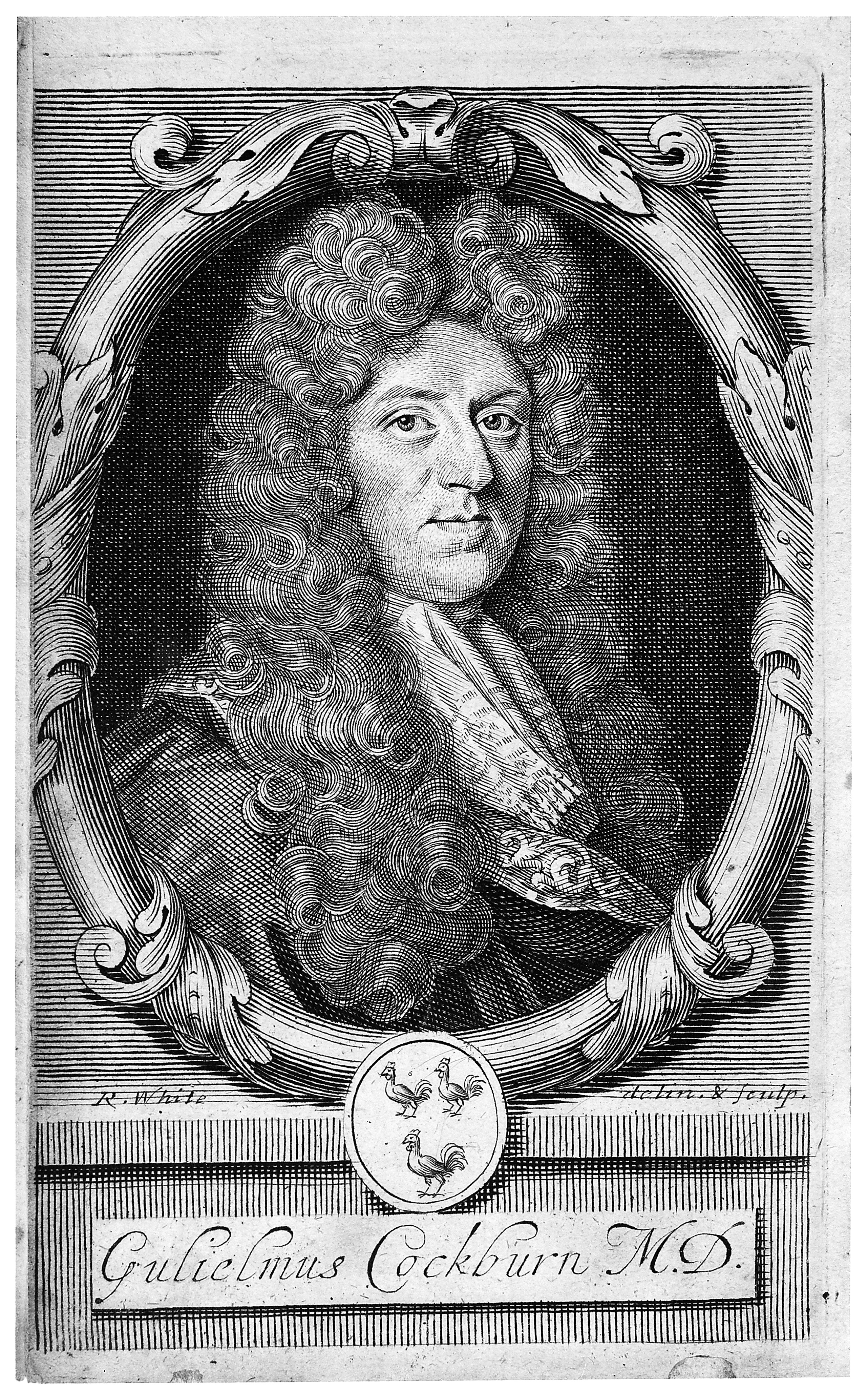|
William Cockburn (physician)
William Cockburn M.D. (1669–1739) was a Scottish physician, known for his dysentery remedy and as Jonathan Swift's doctor. Life Cockburn proceeded M.A. at the University of Edinburgh. His name occurs in the register of the University of Leyden as a student of medicine on 29 May 1691, and there heard the lectures of Archibald Pitcairne, a continuing influence on his writings. On 2 April 1694 he became a licentiate of the College of Physicians of London, and about the same time was appointed physician to the Blue squadron of the fleet. Through his connection with the fleet Cockburn was able to introduce his secret remedy for dysentery, which made his fortune. One account given is that in July 1696 he was dining on board one of the ships in the company of Lord Berkeley of Stratton, when it was remarked to him that "there was nothing farther wanting but a better method of curing fluxes". Cockburn replied that he thought he could be of use. A trial was made next day on 70 patients ... [...More Info...] [...Related Items...] OR: [Wikipedia] [Google] [Baidu] |
Portrait Of William Cockburn Wellcome M0016310
A portrait is a portrait painting, painting, portrait photography, photograph, sculpture, or other artistic representation of a person, in which the face and its expressions are predominant. The intent is to display the likeness, Personality type, personality, and even the mood of the person. For this reason, in photography a portrait is generally not a Snapshot (photography), snapshot, but a composed image of a person in a still position. A portrait often shows a person looking directly at the painter or photographer, in order to most successfully engage the subject with the viewer. History Prehistorical portraiture Plastered human skulls were reconstructed human skulls that were made in the ancient Levant between 9000 and 6000 BC in the Pre-Pottery Neolithic B period. They represent some of the oldest forms of art in the Middle East and demonstrate that the prehistoric population took great care in burying their ancestors below their homes. The skulls denote some of the earlie ... [...More Info...] [...Related Items...] OR: [Wikipedia] [Google] [Baidu] |

